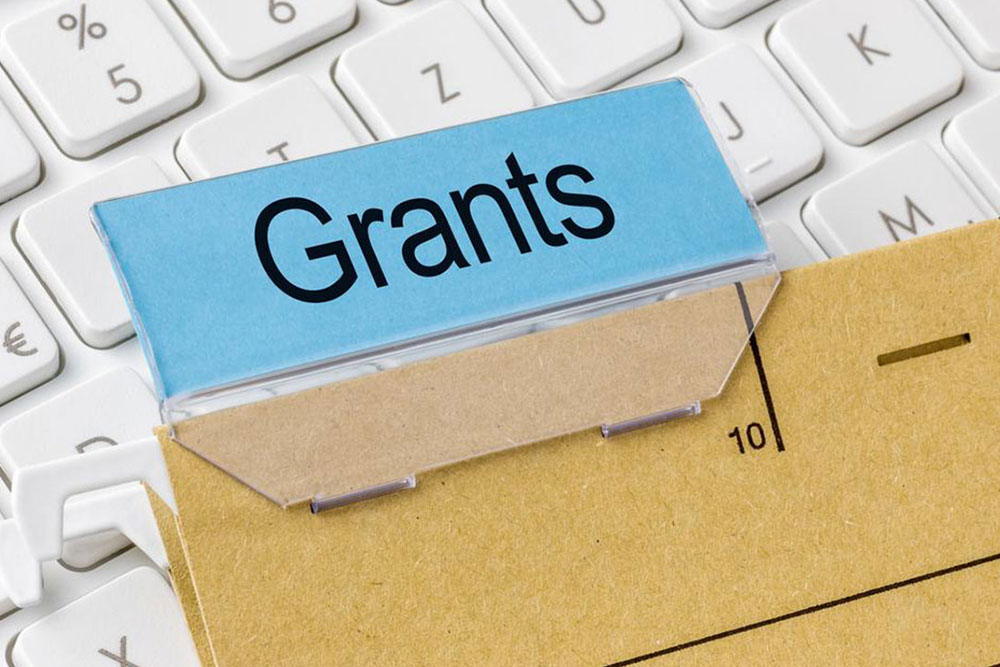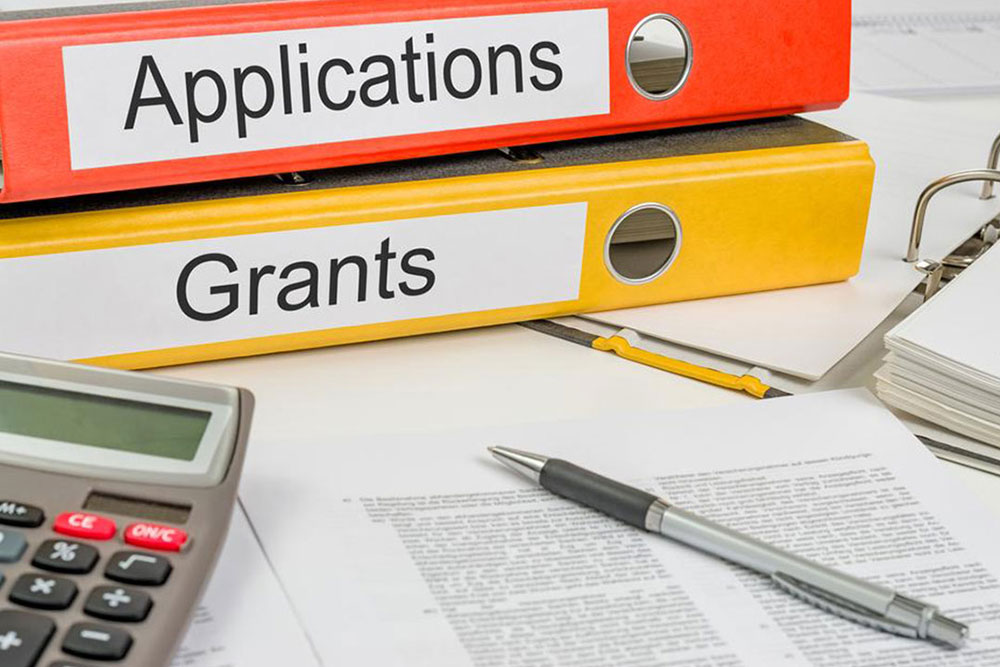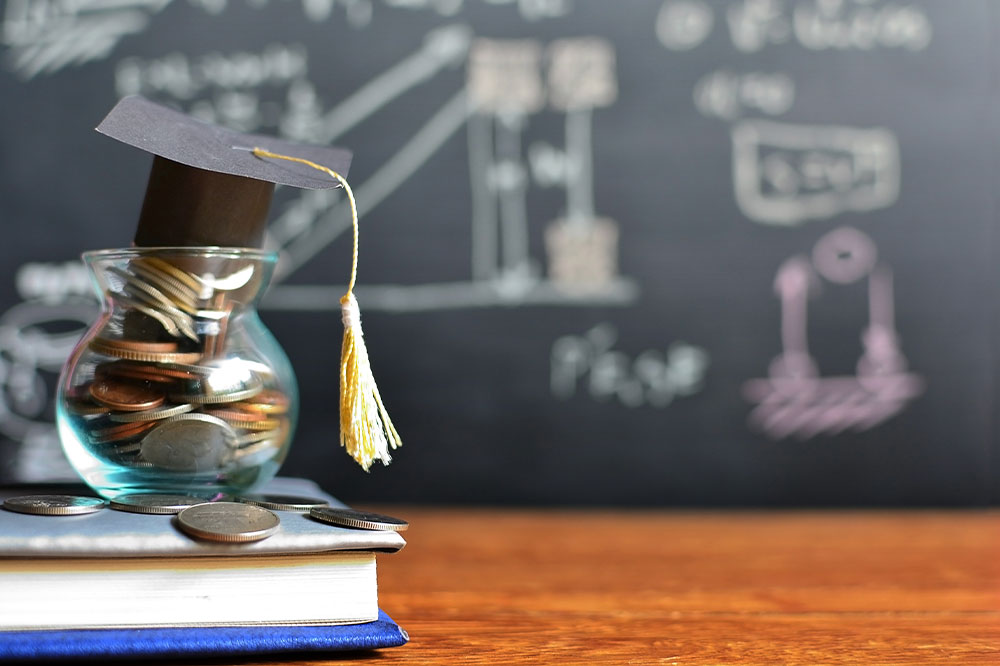Securing Student Loans Despite a Poor Credit History
Discover how students with poor credit can access funding for higher education through federal loans and alternative programs. Learn about eligibility requirements and the application process to secure student financial aid despite credit challenges.

Obtaining Student Loans with Poor Credit
The rising expenses of higher education are increasingly challenging for families, driven by soaring college tuition costs that outpace household incomes. Parents often search for banks offering student loans and compare interest rates. If your credit score is low, securing approval becomes more difficult. Many families with bad credit are seeking alternative options to help their children access quality education. Fortunately, government-backed loans and specific programs are available to assist students facing credit challenges.
Educational investment is crucial for future career success, and despite credit hurdles, options still exist. Various banks have introduced programs tailored for students with poor credit, but private loans often involve strict credit evaluations, making approval difficult. The best alternative is to seek federal student aid, which generally does not focus heavily on credit history.
Federal loans like Stafford loans are available based on financial need rather than credit scores. Students can apply by submitting the FAFSA form online, providing information about their financial situation. If eligible, they can receive assistance through various government loan programs.
Loan options available for students with poor credit include:
Stafford Loans
Perkins Loans
GradPLUS Loans
Parent PLUS Loans
Applicants are advised to fill out the FAFSA form to determine their eligibility, offering a pathway for those with less-than-ideal credit histories to access higher education funding.









